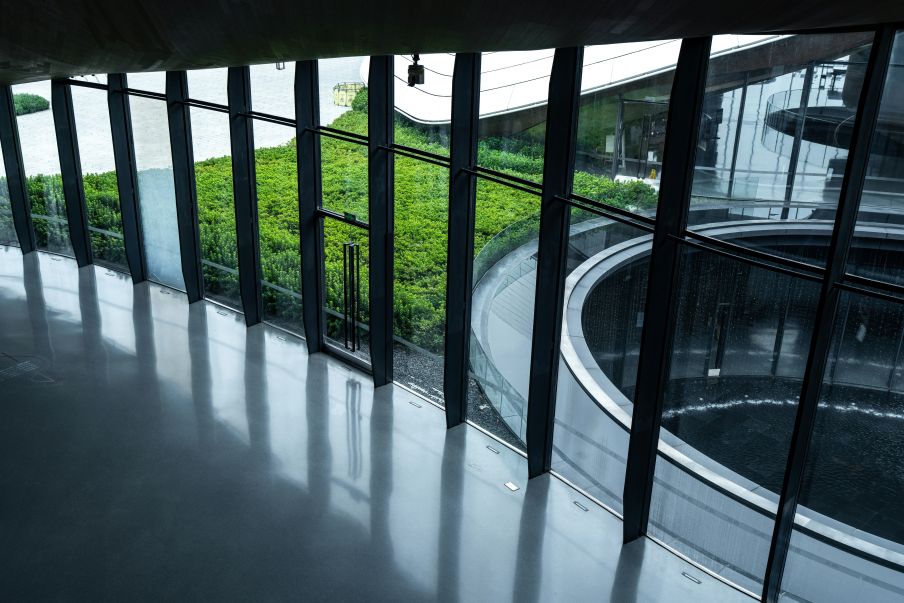For years, productivity advice focused on calendars, apps, and to-do lists. But as hybrid work reshapes how and where we operate, professionals are realizing that the real secret to better focus might be simpler: a clean, organized, and well-maintained environment.
From home offices to corporate facilities, the spaces we inhabit have a measurable impact on how we think, perform, and collaborate. Companies are increasingly investing in the physical side of productivity, recognizing that the quality of the environment directly influences the quality of work. Whether it’s maintaining a spotless workspace, upgrading tools, or relying on dependable service providers such as Hotsy South Texas to keep essential equipment running smoothly, modern professionals are treating environmental care as part of their performance toolkit.
The result? Fewer distractions, less stress, and teams that operate with clarity and confidence.
The Psychology Behind a Tidy Space
Research consistently shows that cluttered environments can drain cognitive resources. A disorganized workspace forces the brain to multitask visually, splitting attention between the task at hand and the chaos around it.
According to the Princeton University Neuroscience Institute, people working in uncluttered spaces are better able to process information and stay focused for longer periods. Clean spaces promote calmness, while messy ones subconsciously signal unfinished business, adding to mental fatigue.
This isn’t just a home-office issue; businesses are taking note too. From hospitality groups to manufacturing plants, leaders are seeing how clean, structured environments influence not just productivity but also morale.
The New Era of Workspace Design
The “open office” trend of the 2010s has given way to a new wave of flexible, wellness-oriented design. In 2025, the best workplaces don’t just look good, they function as tools for performance optimization.
Think biophilic design (adding natural light and greenery), noise-control solutions, and dedicated zones for deep focus or creative brainstorming. Many businesses are even implementing “reset” policies, structured time for employees to tidy up or reorganize their desks before shifting between tasks.
Cleanliness is now part of the brand experience. Whether a client walks into an office or logs into a Zoom call, the environment communicates professionalism, care, and intention. A spotless workspace signals a team that takes its work, and its people, seriously.
Maintenance as a Productivity Investment
Behind every sleek office or efficient warehouse is a team, or a service provider, keeping things running smoothly. Maintenance used to be seen as a back-office function, but in today’s fast-paced economy, it’s recognized as an essential part of operational success.
Unmaintained equipment doesn’t just slow down processes; it creates frustration, disrupts flow, and erodes trust within teams. That’s why many companies are rethinking their approach to upkeep, partnering with trusted specialists like Hotsy South Texas to ensure everything from cleaning systems to industrial tools works reliably.
For professionals, this shift means more than just clean floors, it’s about confidence. Knowing that your environment and equipment are in top shape reduces uncertainty and mental load, allowing people to focus fully on their goals.
From Minimalism to Mental Clarity

Minimalism isn’t just an aesthetic, it’s a mindset. The “less is more” philosophy has migrated from interior design blogs into corporate culture. Companies are encouraging employees to declutter digital and physical spaces, fostering environments that promote calm and concentration.
This mental clarity translates directly into better communication, faster decision-making, and fewer mistakes. When there’s less visual noise, teams find it easier to prioritize, strategize, and innovate.
In many cases, this movement starts with leadership. Executives who model clean-desk habits or invest in periodic workspace refreshes set the tone for the entire organization. Cleanliness becomes not a chore, but a shared cultural value.
The Connection Between Cleanliness and Company Culture
Beyond the psychological and operational benefits, clean environments cultivate pride and accountability. When employees walk into an orderly workspace, they feel respected and motivated to maintain that standard.
In manufacturing, hospitality, and healthcare sectors, cleanliness has long been synonymous with safety. Now, even in corporate offices, a clean space is seen as an act of care, a visible reminder that people’s well-being matters.
Companies that prioritize maintenance and tidiness often see ripple effects: improved collaboration, fewer conflicts over shared spaces, and stronger team cohesion. Simply put, a clean environment reflects a clear culture.
Practical Ways to Turn Environment Into Strategy
- Start With Micro-Cleanups: Schedule five-minute tidying breaks throughout the day. A quick desk reset between meetings can dramatically improve focus.
- Audit Your Tools: Outdated or malfunctioning equipment creates friction. Reinvest in reliable, ergonomic, and easy-to-maintain systems.
- Set “Reset” Rituals: Begin or end the workweek with a brief clean-up session, it fosters closure and mental readiness for the next phase.
- Outsource Smartly: Partner with trusted local providers for deep cleaning and maintenance. It’s an efficiency booster, not an expense.
- Encourage Ownership: Make cleanliness a shared team goal rather than a top-down directive. Culture follows example.
The Future of Work Is Intentional
As work continues to evolve, one truth remains: environment matters. The spaces we inhabit shape how we think, create, and connect.
Modern professionals are learning that productivity isn’t just about discipline, it’s about design. Clean, well-maintained environments reduce friction and free the mind to do its best work.
When businesses treat cleanliness as strategy rather than routine, they unlock a powerful advantage: people who feel calm, confident, and capable in every task they take on.

















